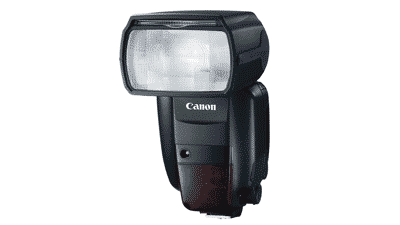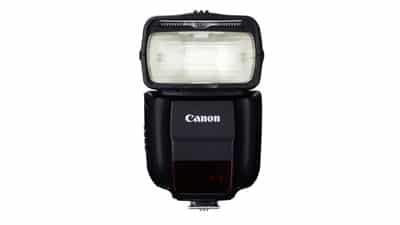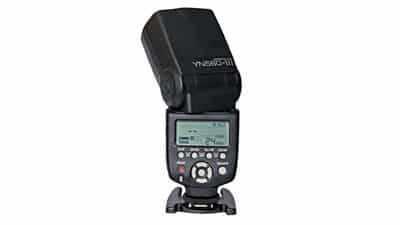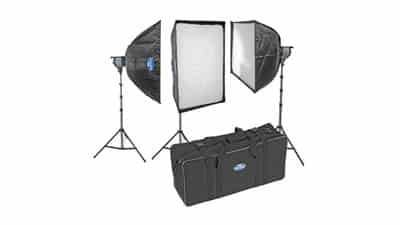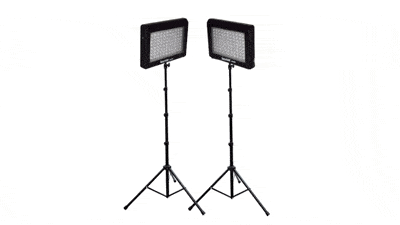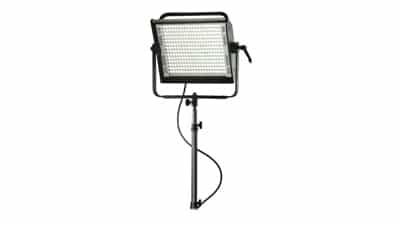Flash Lights
When using a flash, there are two types to decide between depending on your circumstances.
A hotshoe flash or a studio flash.
A hotshoe flash is best utilized for a photographer on the move like a journalist or a sports photographer. The convenience of fitting the hotshoe flash into the hotshoe of your camera will not give you the best and most professional shots. It is best used with multiple flashes, not attached to the camera but attached to a flash stand, and with an umbrella to diffuse the light. Some advantages are that the hotshoe flash is easy on your checkbook, portable and it is not necessary to have an electrical power source because it operates on batteries. You will need to carry a supply of extra batteries.
While a hotshoe flash can be an optimal choice in some situations there are some drawbacks that are necessary to consider. They have a limited amount of power and there is a limited range of accessories that are available to enhance the effectiveness of a hotshoe flash, the main one being an umbrella. Because hotshoe flashes always fire at full power the disadvantage of an extremely short flash duration causes the color temperature of the flash to increase. Increased or decreased color temperature can give your photos a whole different and unintended look. One final downside is the trigger needed for each individual flash, called a radio trigger. The trigger can add an additional expense and a frustrating complexity to your photography session.

